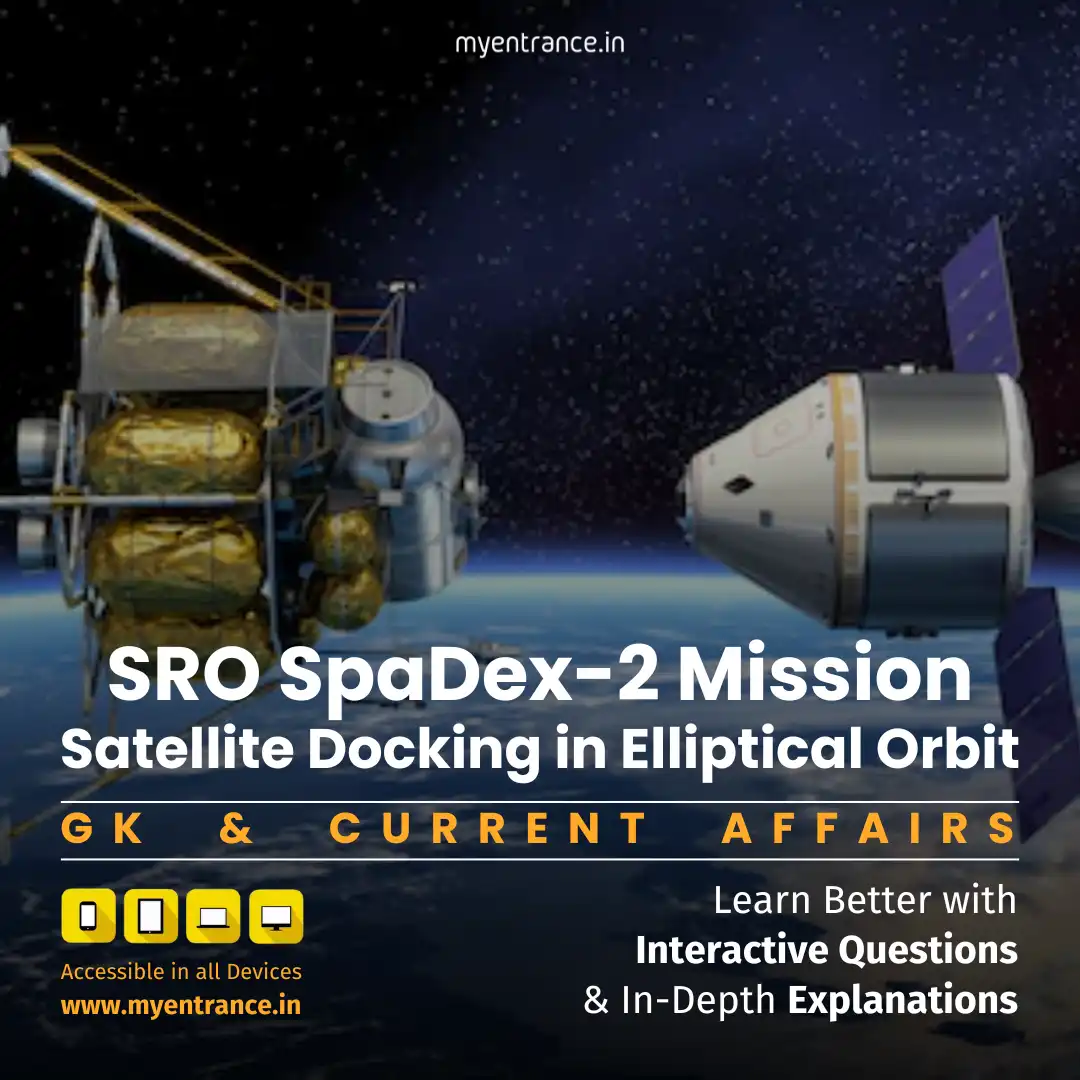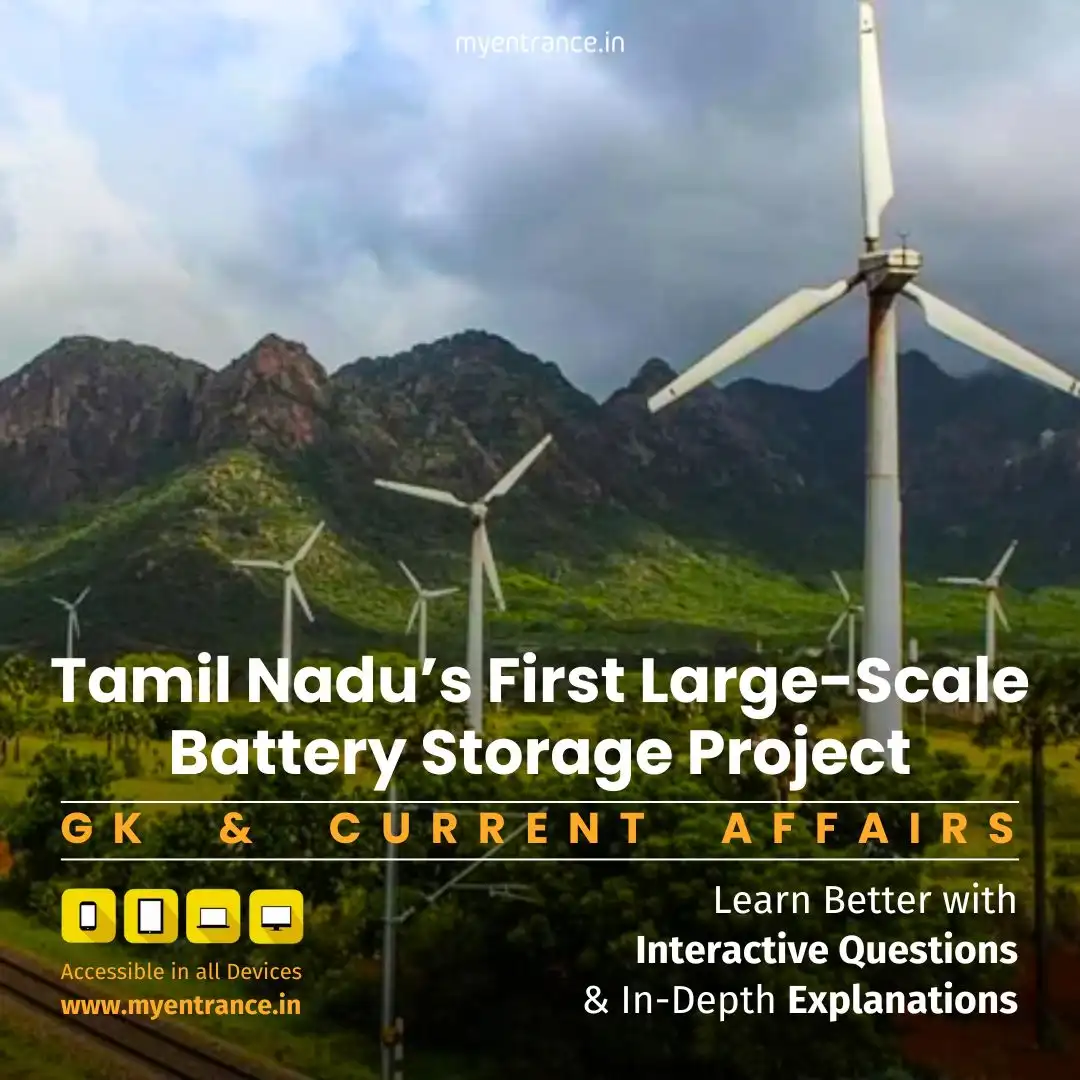Select Language
SpaDex-2 Mission: How ISRO Plans Elliptical Orbit Docking for Chandrayaan-4
India’s space prowess reaches new heights as ISRO prepares the SpaDex-2 mission to dock satellites in a complex elliptical orbit. This breakthrough paves the way for Chandrayaan-4 and future space station operations.

Why SpaDex-2 Matters for India’s Space Dreams
After the landmark success of SpaDeX-1, where ISRO docked satellites in a circular orbit, the SpaDeX-2 mission targets a far tougher challenge: docking in an elliptical orbit. This capability is non-negotiable for India’s lunar ambitions (Chandrayaan-4) and the proposed Bharatiya Antariksh Station.
The Science Behind the Mission
Elliptical vs. Circular Orbits: Docking in elliptical orbits is exponentially harder. Satellites constantly change speed and trajectory as they swing between perigee (closest to Earth) and apogee (farthest point). Circular orbits maintain steady velocity, simplifying calculations.
Bharatiya Docking System: India’s innovative androgynous mechanism uses just 2 motors (vs. 24 in global standards) to join satellites. Identical ports on both spacecraft make docking flexible and efficient.
SpaDeX-2’s Role in Chandrayaan-4
Chandrayaan-4 will likely launch multiple modules separately. SpaDeX-2 tests the docking tech needed to:
Assemble modules in Earth’s elliptical orbit.
Transfer fuel/resources between satellites.
Undock in lunar orbit for precision maneuvers.
ISRO’s fuel-efficient “slingshot technique” relies on elliptical orbits, making this mission pivotal.
Global Significance
India is now the 4th country after the US, Russia, and China to master in-space docking. SpaDeX-2’s success would cement India’s position as a space technology leader.
ISRO’s 2025 Roadmap
SpaDeX-2 orbital docking experiment
Chandrayaan-4 mission planning
Bharatiya Antariksh Station design finalization
NISAR satellite launch (jointly with NASA)
Sample Q&A (Competitive Exams Focus)
Q: What makes docking in elliptical orbits harder than circular orbits?
A: Velocity and trajectory constantly change in elliptical orbits, requiring real-time calculations.
Q: Name India’s indigenous docking system for satellites.
A: Bharatiya Docking System (androgynous design).
Q: How many motors does ISRO’s docking mechanism use?
A: Two motors (vs. 24 in International Docking Systems).
Q: Which ISRO mission will utilize SpaDeX-2’s docking technology?
A: Chandrayaan-4 (lunar mission).
Q: What critical capability did SpaDeX-1 demonstrate in January 2024?
A: Autonomous docking of two satellites in circular orbit.
Most Predicted Questions
Comprehensive study materials, Expert-guided tips & tricks, Mock tests and instant results.
Start your SSC, NIFT, NID, FDDI, PSC journey today with MyEntrance, your ultimate online coaching platform.















